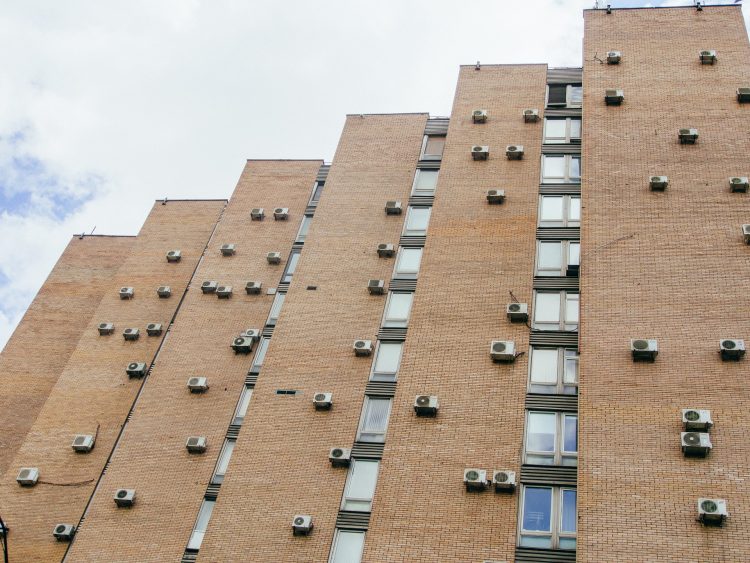
Apartment rent prices in student cities like Zagreb, Split, Rijeka and Osijek have gone up between 6% and 17% from 2021, which is likely to affect students' quality of life as the most in-demand apartments, those for which the rent amounts to €350 and less, account for only 10% of flats available for rent.
An analysis of rent prices and market demand, conducted by Njuskalo, the biggest classified ads website, shows that rent prices have gone up the most in Split and Zadar, by 17%, followed by Dubrovnik, with 16%, and Osijek and Pula, with 10%.
All the cities are student cities, with interest in long-term rent growing with the return of students after the summer recess.
Combined with growing inflation and a lack of flats that meet future tenants’ criteria, this has led to an increase in rent prices, the analysis shows.
Rental property demand is highest in Zagreb, where rent prices have gone up by 6.63%. The monthly rent per one square metre now amounts to an average €10.74, and that average goes as high as €17 per square metre for smaller flats, which are more in demand.
In Zagreb, the number of flats available for rent has dropped by 17% this year, while demand this autumn has climbed by around 10%.
That is why in the Zagreb rental market there is a larger number of available flats in the €450-650 price range while flats in the rent price range below €350 make up only 10% of the total number of available flats for rent.
On the other hand, around 30% of tenants in Zagreb are looking for apartments with a rent of between €350 and 450.
Flats with a rent price of up to €300, which are also fairly in demand, are in short supply as well, shows the Njuskalo analysis.
Tamara Sliskovic of the Zagreb Faculty of Economics notes that demand for housing units has been constantly on the rise in Zagreb due to positive migration trends, that is, people moving to the capital city.
She also says that due to a large number of students who enrol in faculties in Zagreb every year and insufficient student dorm capacity, the demand for flats for rent is great, which causes pressure on rental prices.
A vice-president of the Zagreb University Student Assembly, Bruna Bandula, warns that the rise in rents significantly affects students’ quality of life, notably as Zagreb has been faced with a long-lasting shortage of the dorm accommodation capacity.
She notes that the current capacity of 6,500 beds in student dorms covers barely 10% of the total number of students at Zagreb University.
Students who are not staying in student dorms and whose families cannot afford to pay their rent are forced to work while studying, which affects the quality of their studies and some are forced to drop out of college, she says.
Sliskovic notes that the current rise in rent prices has more to do with the movement of sale prices of flats per square metre in recent years.
“In Croatia, prices of housing units have been rising on a quarterly basis for the past five years, almost without an exception,” she says.
The price growth has been strongest in Zagreb, as evidenced by a 16% rise in prices of housing units in Q1 2022 as against Q1 2021.
The increase in prices of new apartments has been even bigger, hence its double effect on rental prices, Sliskovic says.
Economist Andrej Grubisic believes the price increase has been mostly due to an expansionary monetary policy, and tax discrimination, with renters paying a ‘symbolic’ tax on their apartments compared to other citizens, who pay a tax of 20% or more on their real estate, as well as government subsidies for first-time buyers of flats.
Sliskovic believes that considering this year’s very good tourist season, which can be considered a generator of demand for flats as investments, a significant turnaround in terms of housing market prices is unlikely in the near future.

Kakvo je tvoje mišljenje o ovome?
Budi prvi koji će ostaviti komentar!